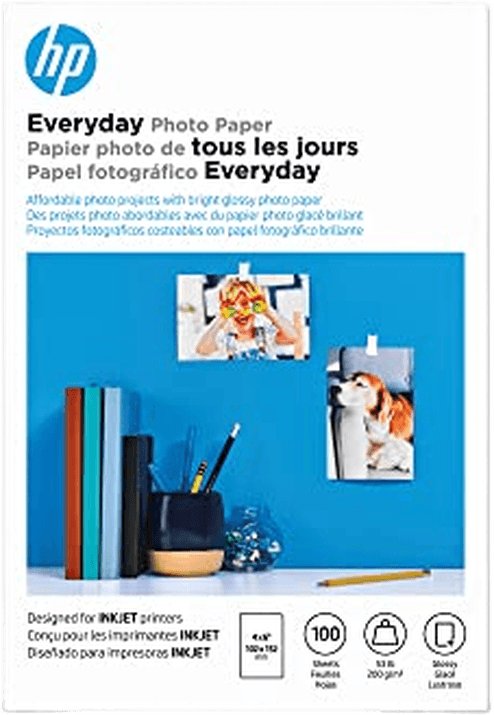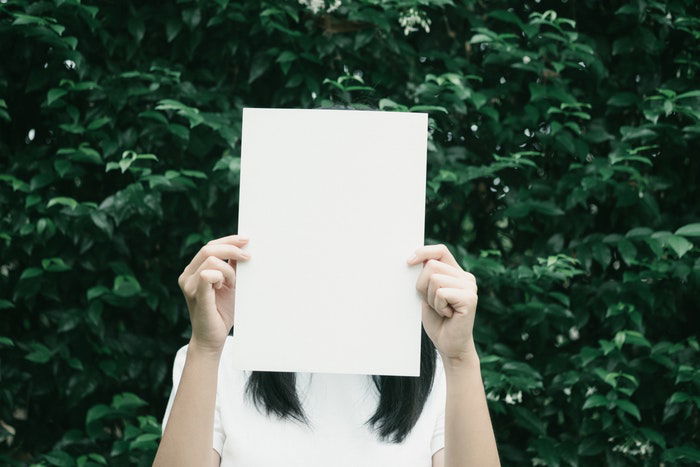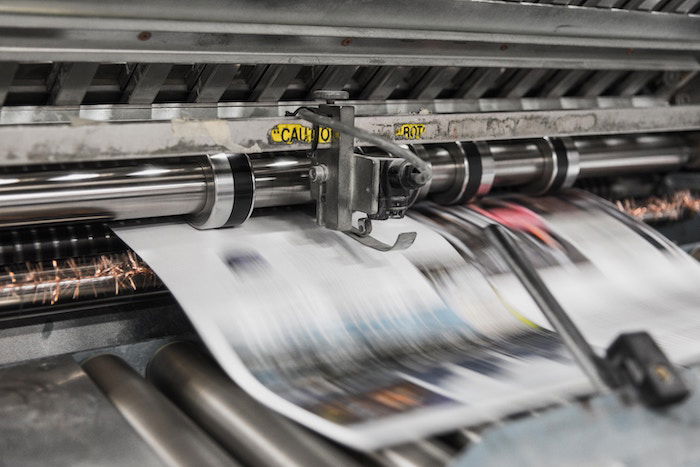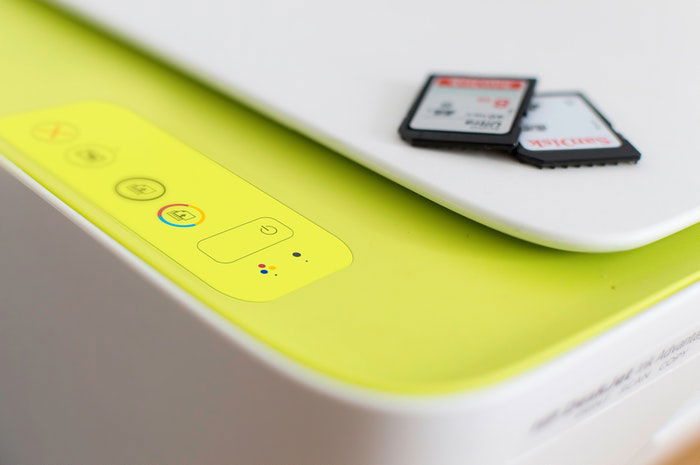Printing your photographs can be a lot more complicated than it seems.
Photographers need to have a high-quality printer to do their photos justice. But the paper you choose also has a huge impact.
Red River paper is one of the most popular inkjet papers out there, but is it the best paper for you?
Read our review to find out.

Red River Paper: Comparing Inkjet and Laser Printing
Before making any decisions about paper, you need to consider the type of printer.
Inkjet printing is a cost-effective method that you can use at home to get lab-quality results. This is a type of printing where a moving head sprays the ink on the paper. You can also use it for other materials, such as canvas or fabrics.
A laser printer uses toner and is best for high-volume printing. It also prints faster. The cartridges for laser printers are more expensive than inkjet inks.
What Are the Most Important Qualities of Photographic Paper?
There are many factors to consider when choosing paper for your prints.
Surface finish is important. The main surface finishes are matte, lustre, and glossy. There are variations in each of these categories, such as matte with a dense texture.
There are also speciality options like metallic paper, but these are not suitable for every type of photograph.
A glossy paper finish displays colors vibrantly, with deep blacks. Images are rendered crisp and sharp and with fine detail.
Matte paper is much like fine art paper, such as those used in watercolor.
Lustre papers are also referred to as pearl, semi-gloss, or satin. These papers offer the color quality of glossy paper without the glare. They’re also available with a bit of texture that can accentuate your images.
Lustre papers are popular among pro photographers. They offer excellent color and contrast that are often lacking in matte papers.
The coating of the paper is also important in inkjet printing for the inks to adhere to. Every manufacturer offers their own blend, which is why professional papers vary.
Lastly, weight and thickness influence a paper’s quality and feel. Weight is usually expressed in grams. Heavier paper tends to stand the test of time without buckling. The thicker a paper is, the more rigid it will be. Very thick papers may not fit through some printers.

About Red River Paper
Red River paper supplies premium photographic papers for inkjet printers through their website.
They don’t sell through other suppliers, which makes purchasing these papers more cost-effective. Red River Paper is US-based, but the company ships worldwide.
Before you make a purchase, you should try one of their sample kits. You can start with the Base Kit, which includes the most popular go-to papers that Red River offers.
You can buy add-on kits of speciality papers. These include double-sided and lightweight papers. You can also find fine art papers, such as cotton rag and fibre-based products. All kits ship for free in the US.
The Red River Paper website is outdated, but contains a lot of information about their papers. It gives you the main points about each paper with details, such as weight, tone, thickness and printer compatibility.
The site allows you to shop by photo type, such as black and white or HDR. You can also select other criteria, such as paper size.

How Does Red River Paper Stack up Against Epson and Moab Papers?
Moab and Epson are the prime competitors to Red River paper. They offer similar products but with slight differences.
Moab paper is recognized most for its superior weight and warmer tones. Inks also adhere to the papers very well, which is important. This is an issue with some of the Red River and Epson papers in the matte category.
Epson papers are also known for their incredible quality and the way they receive inks.
Lustre
Comparing these three top papers, Red River is the clear winner in the Lustre category. The contrast of the paper is better, and it is a bit less glossy.
The drawback of this higher quality that Red River offers is the price. Red River paper is about 20% more costly than that of Epson or Moab.
All in all, if you’re looking for a high-quality Lustre paper and don’t mind paying a bit more for it, then Red River is the brand that you should choose.
Matte
The Red River matte paper has better alternatives.
When it comes to matte paper, some papers absorb more ink. This will cause the photo to lack contrast and color vibrancy. The blacks will not render as black enough. This is definitely the case with the Red River matte paper. Epson and Moab offer better choices in this category for this reason.
Moab paper is a bit brighter and heavier than the Red River and Epson papers.
It’s difficult to say that there is one best paper, as there are so many options offered by each company. It depends on what you want to print and for what purpose.

What Paper Is the Best for Printing Photographs?
Again, the short answer to this is – it depends.
Consider the surface finish that will best enhance your photography. Lustre is a great, safe choice if you’re not sure.
Keep in mind that the final result of your prints will be impacted by a lot more than the quality of your paper. The quality of ink and printer are also crucial factors.
The Epson SureColor P800 and the Canon Prograf Pro-1000 are great printers.

Common Questions
What Is Moab Paper?
Moab is a premium quality paper. It is popular with professional photographers and printers. It is known for its heavy weights and superior ink handling.
What Is Matte Inkjet Paper?
Matte inkjet paper works best with inkjet printers. It lacks the gloss or lustre seen with some other papers. It is often textured and is not suitable for every type of photography, as it can lack contrast and vibrancy.
Which Photo Paper is Best for Inkjet Printers?
The best photo paper is the one that is suitable for the genre of photography you shoot. Landscape and food images need papers that receive ink well and produce rich colors. Other papers are more suitable for photos with a subdued quality, like fine art prints.

Conclusion
Red River paper is an excellent choice for lustre paper. For matte paper, there are better options. Knowing the ins-and-outs of photographic paper will help you make the best decision when buying.

